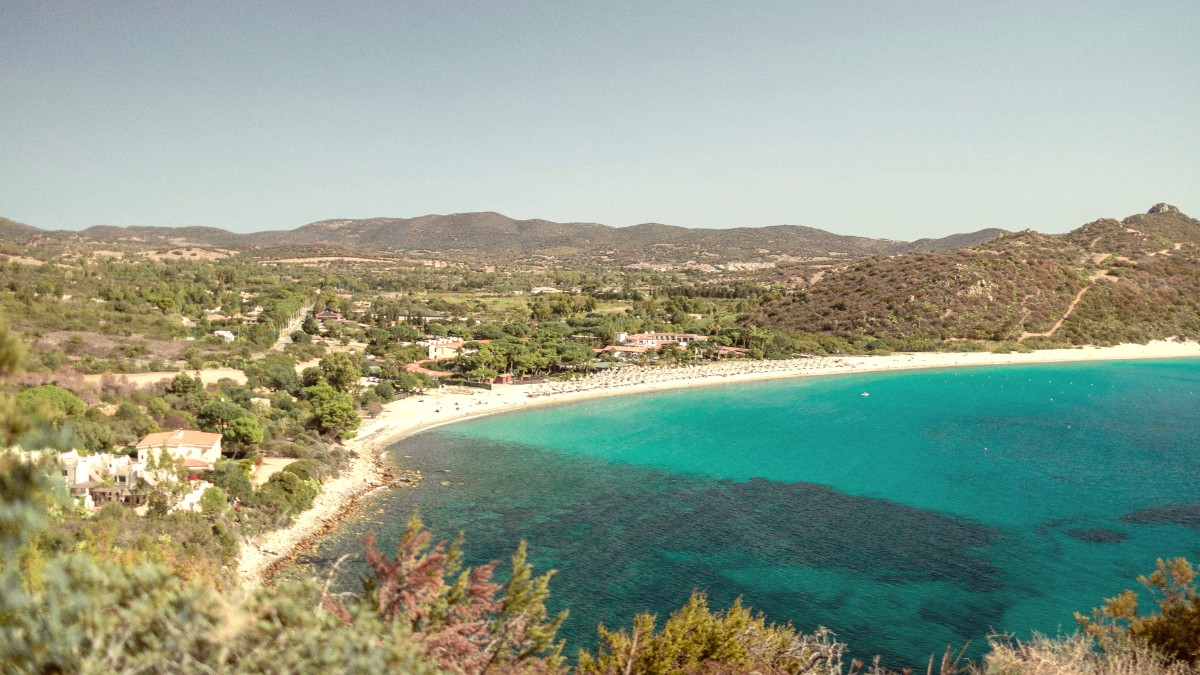
Sardinia, Italy
Olbia a Mediterranean climate, hot, dry summers and mild, wet winters.
Spring (April-May): Temperatures typically 15°C to 25°C (59-77°F). Moderate rainfall. Wildflowers bloom, and the landscape lush.
Each season distinct advantages and disadvantages for your visit.
High Season (July-August): Hottest weather, perfect for beach activities. All tourist services operate fully, and nightlife thrives. But very crowded, especially popular beaches and towns. Highest prices for flights and accommodation. Intense heat makes active sightseeing uncomfortable.
July-August
Hottest weather, beach activities, full services, lively nightlife.
Very crowded, highest prices, difficult booking, intense heat.
May-June, Sep-Oct
Pleasant temperatures, fewer crowds, lower prices, ideal for outdoor activities.
Some smaller establishments closed early May/late Oct. Water cooler in May.
Nov-April
Few tourists, lowest prices, authentic local experience, lush landscapes.
Many tourist businesses closed, cooler weather, higher rain chance, limited transport.
Beach and swimming: June to September. Hiking and cycling: April-May and September-October.
Sightseeing and cultural exploration: April-May and September-October avoid heat and crowds.
June - September. Warmest waters for swimming and sunbathing.
April - May, Sept - Oct. Pleasant temperatures, blooming landscapes.
April - May, Sept - Oct. Avoids intense heat and large crowds.
Spring and Autumn. Optimal wind conditions for windsurfing and kitesurfing.
Throughout the year. Experience authentic Sardinian culture.
Italy a Schengen Area country, impacting visa requirements for travelers.
Schengen Visa: Non-EU/EEA/Swiss citizens require a Schengen Visa for stays up to 90 days within any 180-day period, unless they come from a visa-exempt country. Use IVisa or VisaHQ.
ETIAS (European Travel Information and Authorisation System): Starting mid-2025, non-EU travelers from visa-exempt countries need ETIAS authorization before travel.
Olbia a safe city with low crime rates.